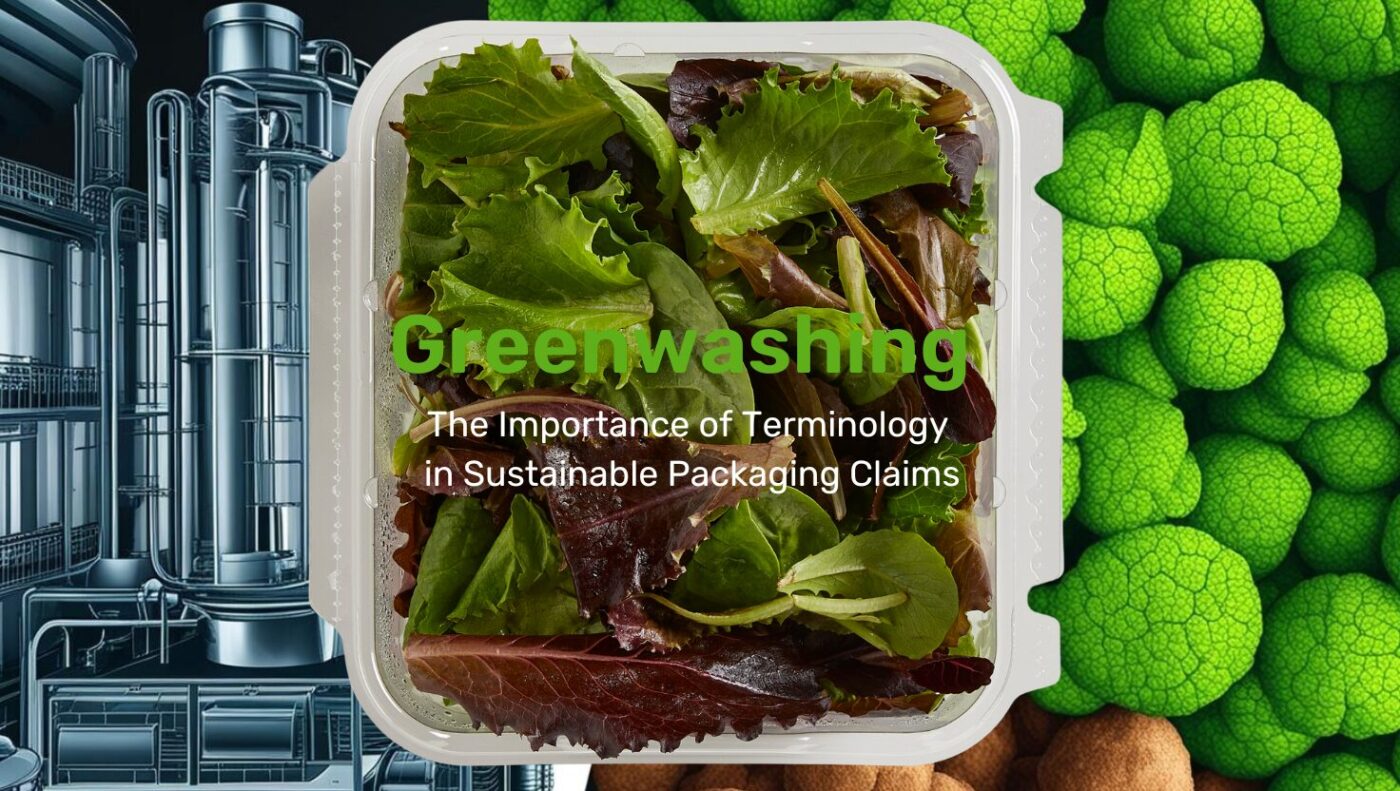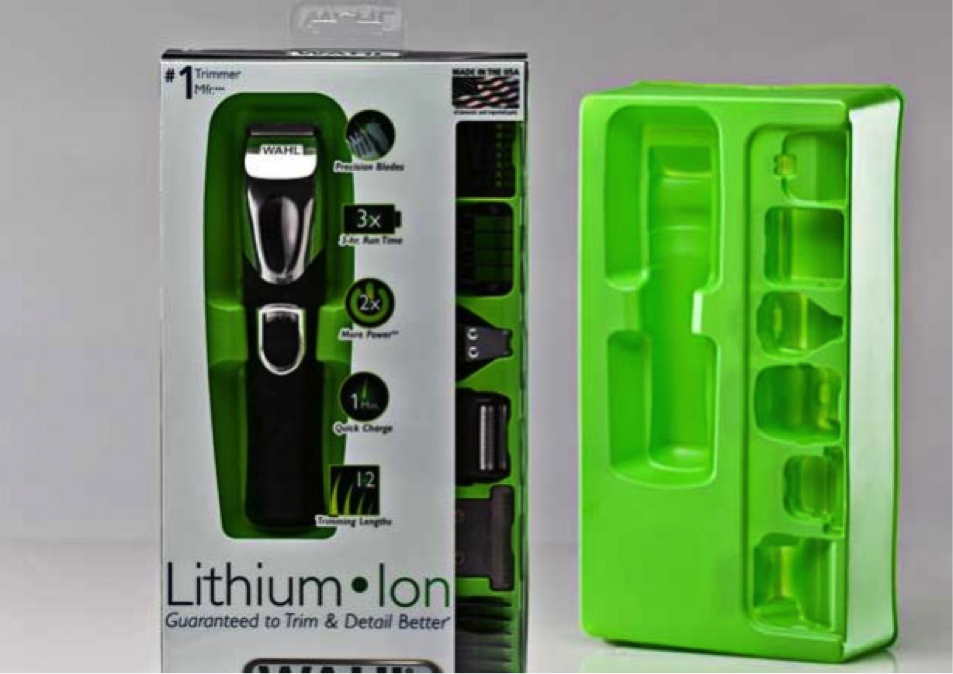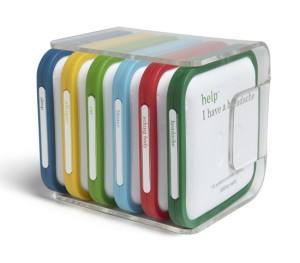
Understanding the Language of Sustainability As the push for sustainable packaging grows,…


Developing the perfect packaging design is often a complicated process, but at PI, we believe it doesn’t have to be. Follow our Packaging Design guide as you work with your packaging team to help streamline your package design process.
An ideation session is crucial for the success of a product’s packaging design. This meeting will allow your packaging company to understand your goals and help you create a high-quality design. During this session, you and your packaging company should answer a few key questions to produce your design, including:
Choosing the appropriate packaging material requires various considerations, including the following:
The packaging material you select must be able to withstand any sterilization and heat sealing. Additionally, if you know your products will be exposed to varying temperature levels, make sure to accommodate your packaging design as such.
Some companies must take UV light into consideration when developing packaging designs. To keep their food products in sanitary condition and to prevent spoilage, many companies incorporate UV filters into their packaging designs. As you develop your packaging design, consult with your company about any UV exposure your products will have.
How thick does your packaging design need to be? Consider the environment in which your product will be used. Food products may need a thicker gauge of plastic to resist outside tampering and to prevent any chemicals from leaching, depending on what level of protection they need.
Thin gauge packaging must adhere to a few key considerations. The packaging gauge must be strong enough to keep products protected from impact and the distribution process, as well as maintain the functionality of equipment in end market. So, how exactly can you determine the thickness that your product’s packaging gauge should be?
Sterilization is an important component for packaging, especially in industries, such as the medical field, that cannot risk the introduction or inclusion of outside contaminants. However, sterilization can be an intensive process, and if plastic packages are not composed of the appropriate materials—and in the appropriate thickness—they may become weakened during the sterilization process and ultimately compromise the strength and safety of packaging. To avoid packaging failure during sterilization procedures, your packaging team can select a customized solution of plastic substrates, as well as a design, for your product’s packaging.
Additionally, packaging for some products may need to be processed in a ISO Class 8 clean room facilities complete with a positive pressure HVAC system, proprietary trimming and 100 percent traceability from the beginning to end of the creation process to ensure no outside contaminants are introduced when specialists package products.
For some products, the shipping process may require alternative methods for transporting products—such as by airplane—either because of time constraints or because of longer travel distances. Products that will be shipped through air freight services will need a packaging design that can withstand varying levels of air pressure that they will incur during the flight. Without a carefully planned packaging designed for air travel, the shifts in pressure could irreversibly damage products. If you know you will be shipping your products by air freight—or could be in the near future—ask your plastic manufacturer to develop a design that complies with aircraft shipping regulations.
To hold up during the shipping process, be it by vehicle or plane, packaging must have high levels of impact strength to maintain product safety and integrity. Some products may require a thicker gauge packaging design to withstand challenges during distribution. Your packaging company may need to run various tests to examine the strength of your package’s gauge to determine if it is appropriate for your products.
Similarly, packaging needs to have high levels of impact strength to ensure products function as needed. For medical parts, this is especially crucial. Parts need to arrive to a hospital or other medical facility in the same condition as when they were sent to ensure the safety of the product in which they will be used. To provide the appropriate safeguarding, parts need to be packaged in a high-quality thermoformed design created specifically to their dimensions.
 Colors should never be more than an afterthought when it comes to packaging for your product. When packaging for retail, it’s always important to remember that people often love to see bold and attractive colors used. A person may purchase a product after noticing it by its bright, eye-catching custom packaging. In fact, a survey found that 92.6 percent of people say they value visuals the most when choosing a product. This means that while your product may be fantastic, the colors used in the packaging to represent it could make the biggest difference in a sale.
Colors should never be more than an afterthought when it comes to packaging for your product. When packaging for retail, it’s always important to remember that people often love to see bold and attractive colors used. A person may purchase a product after noticing it by its bright, eye-catching custom packaging. In fact, a survey found that 92.6 percent of people say they value visuals the most when choosing a product. This means that while your product may be fantastic, the colors used in the packaging to represent it could make the biggest difference in a sale.
For plastic, coloring is less common than a clear plastic, but it can be done. With some products, a fun burst of color can take the attractiveness to the next level, making consumers more likely to buy a product. Know your product when deciding what color your packaging should be. If the product itself is already a vibrant shade, perhaps using a clear plastic could showcase that best. Whatever option you choose, though, make sure it represents the product best.
Now, your team of designers can create a mock-up of what your packaging design will look like. These sketches will contain overall visions for the design, as well as functionality. This process could require multiple sketch revisions, but it is important that you address any concerns you may have here to avoid packaging failure in the final stages.
After you and your plastic packaging company have discussed your design ideas at length and you have approved final sketch ideas, they can get to work on creating your packaging design. Many companies will create a prototype design before completing the entire run so you can get a better look of what to expect for the final product. Once you approve this, they can then complete your packaging order in an agreed-upon timeframe, and you can send your products to their intended markets.
For more information on how to create a high-quality packaging design or to get started on your project, get in touch with a specialist at PI.
